Nuffield Place was the home of William Morris, the philanthropist and self-taught mechanic who created the Morris (Morris Motoring Company) car and helped to bring the assembly line from Ford's business model into Britain. Morris loved to learn and also had an interest in the medical field, and this played an important part in his life and philanthropy. He made a fortune from his business and would be considered along the lines of Elon Musk and other billionaires by today's standards, and Morris lived a humble life and donated much of his money to help others.
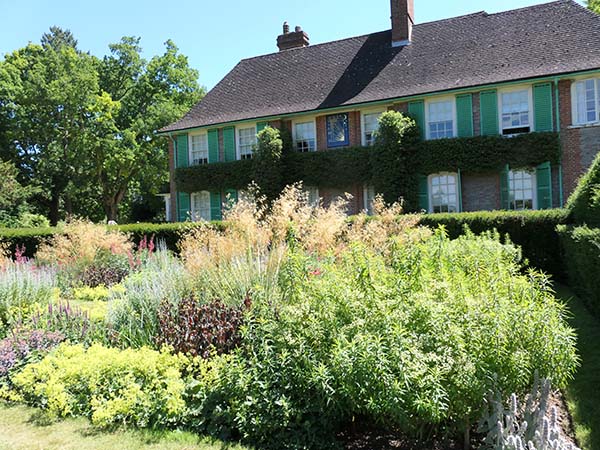
To visit Nuffield Place (located in southern Oxfordshire), a timed ticket must be purchased. Visits to the house are by guided tour only, and only a small number of people can tour the house at a time as the rooms are quite small. You will need to book it in advance.
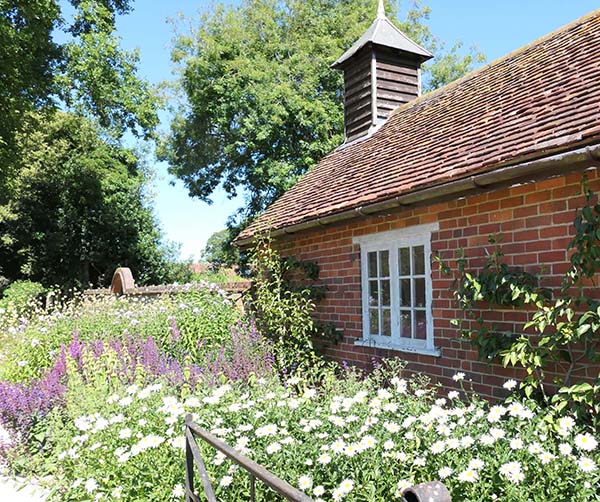
There are a couple of garden areas to explore, but they do not take over a large area and are concentrated in the front and to the side of the house with a small area toward the front when approaching the house down a small lane from the parking.

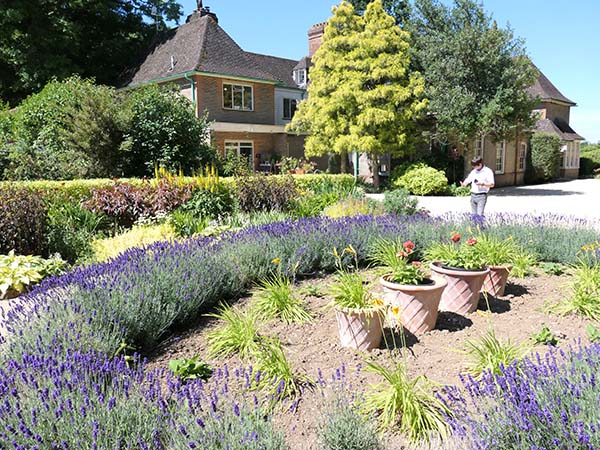
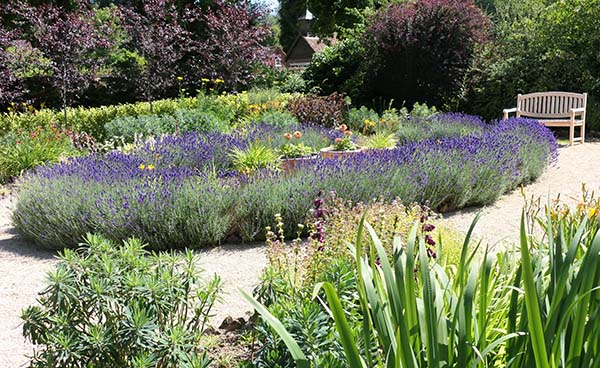
Also located at the back of the house is a large oak tree that was planted at the same time as the house was built and is under protection and conservation from rot.
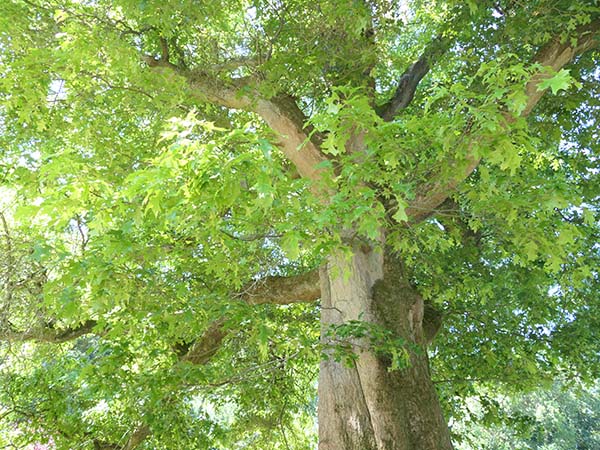
After a short wait and wander around the garden, we got to enter the house. There were a lot of bees around the house, and a swarm of them was located above and to the right of the doorway along the roofline. We were led into the house and learned about Morris, who became Lord Nuffield due to the name of the village the house is in, and his legacy.
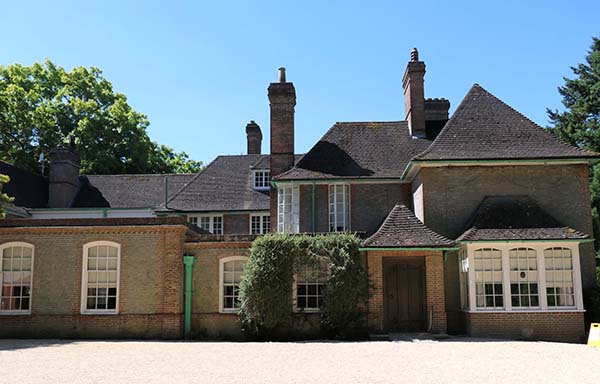
Morris and his wife Elizabeth never had children. Their money was spent on charity. Both enjoyed a humble life, and he loved to tinker and read while she enjoyed sewing. They were a frugal couple, and the National Trust, who owns and maintains Nuffield Place and all of the possessions from the estate, mentioned in the tour that they have stored brand new linen bedsheets that the couple bought, but the couple insisted on getting all the good out of the items that they could, even if it meant patching the old ones together to get the use out of them first.
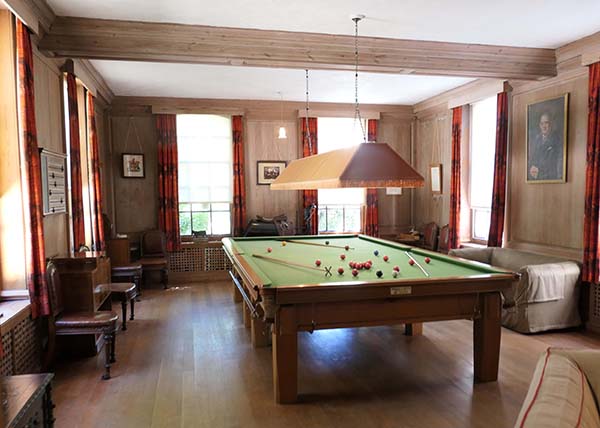
The first room that we toured was just inside the hallway. It contained a snooker table and a lounge area. All of the items, including the unused cigars, belonged to Morris as he left them.
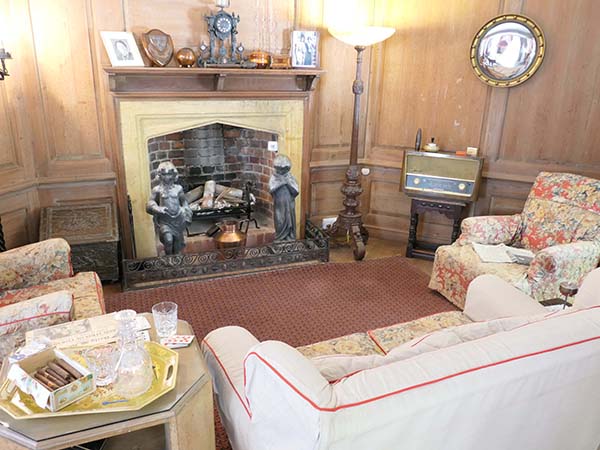
The house was built in 1914 and enlarged in 1933. Morris lived in the house until his death until 1963, and the house was given to Nuffield College, Oxford (the college he founded) as a museum. The college later gave the property to the National Trust.
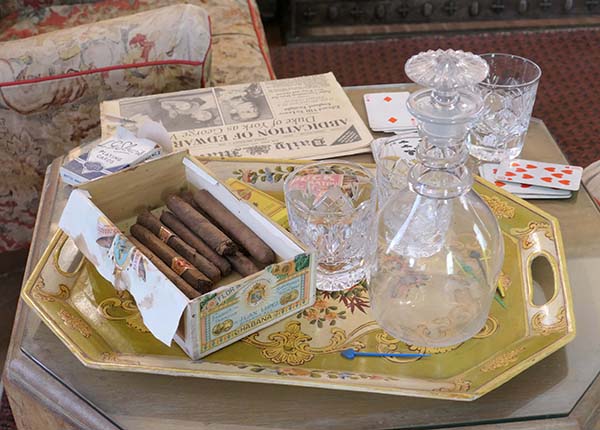
The next room visited was Elizabeth's room, which was set up with a tea area and a lounge area. She often had friends over for tea, and she would listen to music.
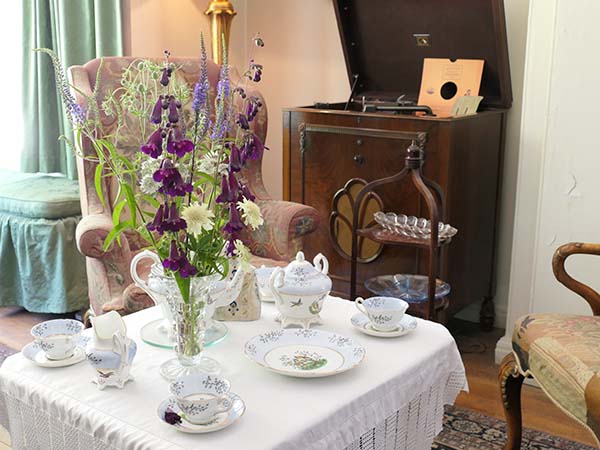

The next room was the dining room. We were shown some personal items of the family and explained that the large rug did not fit the room, but they used it anyway. Also, the picture hangings (magazine covers) were hung quickly and not straight or in line with each other.

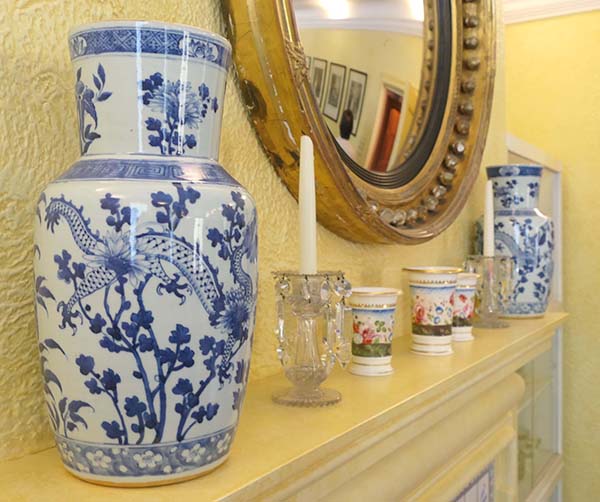
The next room visited was the sitting room, which contains a black and white television, a writing desk, and a photograph of the Queen's mother when she was younger amongst other personal possessions.

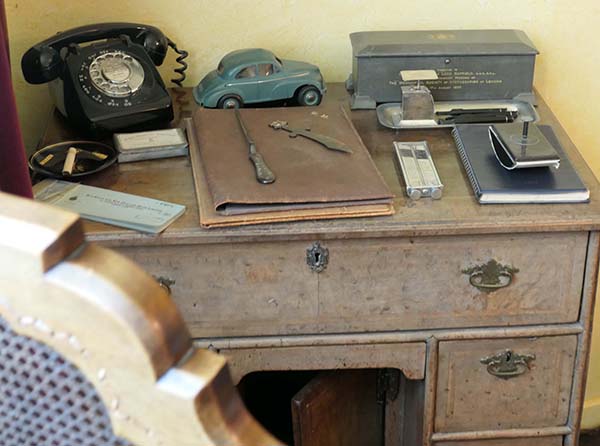
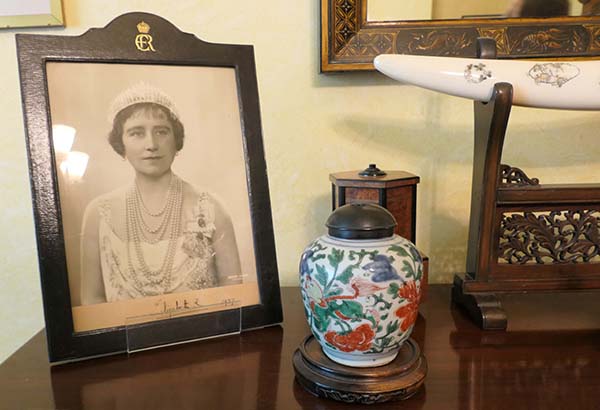
We looked at a number of guest bedrooms and bathrooms.

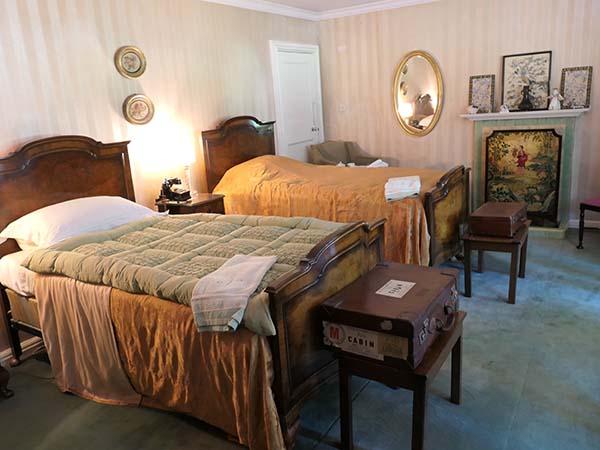
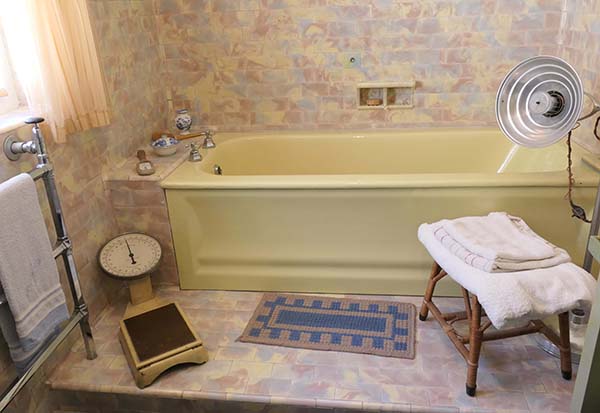

The below was Elizabeth's room, and she had the bed angled so that she could look out the window.
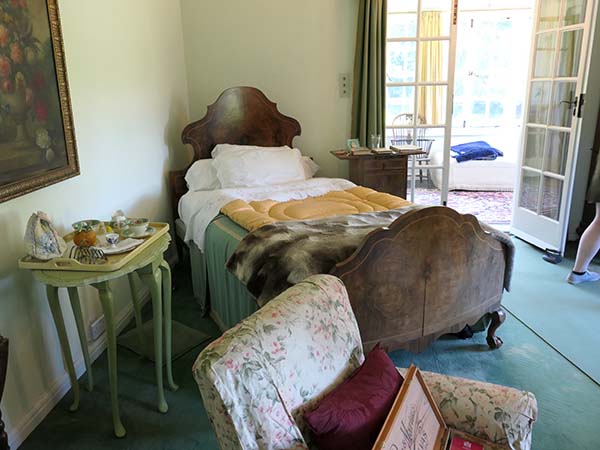
Linking both rooms together is a bright room with a lot of windows where they both spent a lot of time.
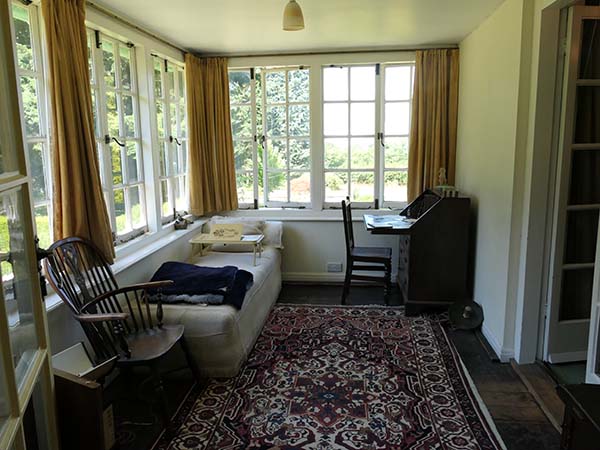
Morris' bedroom is located on the other side and contains a lot of books and a closet full of tools to tinker with as well as his appendix, which was removed when he was younger.
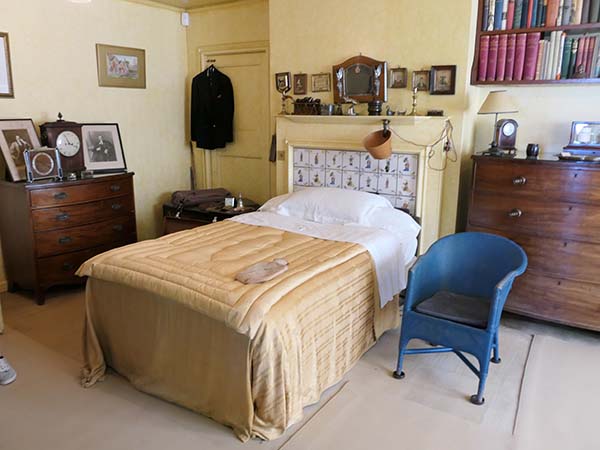
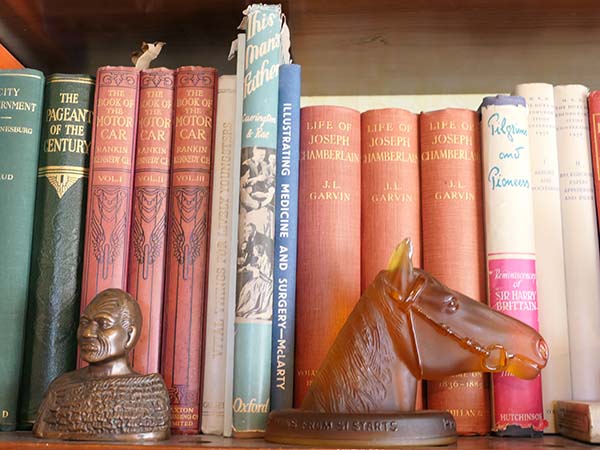
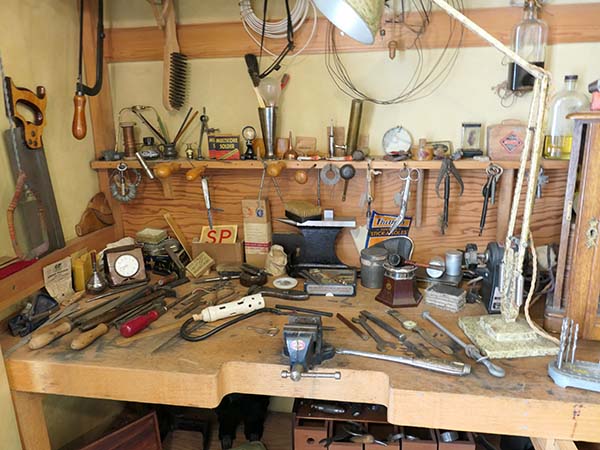
Nuffield College in Oxford was founded in 1937 by Morris, and he gave to other charities. Using his experience as a car manufacturer and his companies to create parts, he created an iron lung respirator and gave it to a hospital in need when he learned about two boys who contracted polio and died because they could not get a respirator in time. After learning that there were only a few iron lungs in Britain, he made and distributed over 1,700 to Britain and the Empire. He also gave money for education and social welfare. Although he did not have children, his money is still available to help today, and many places play tribute to him in the Nuffield name.
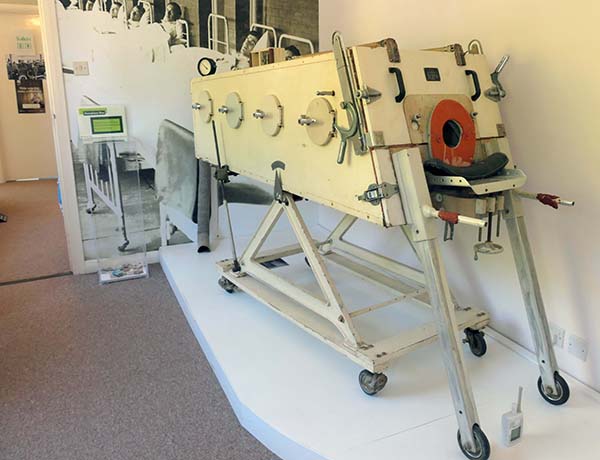
After the tour, I had a quick look around the gardens outside in the sunny weather.


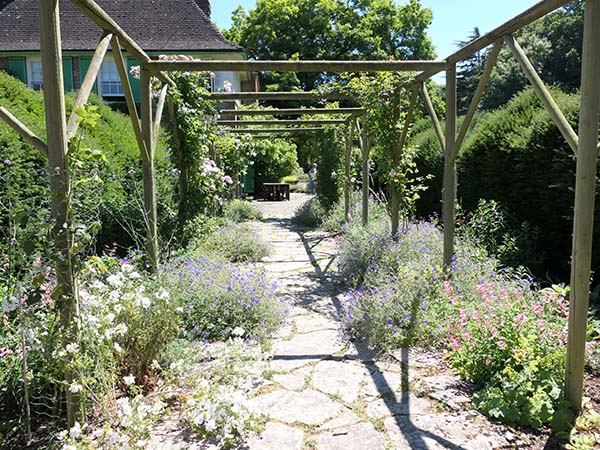
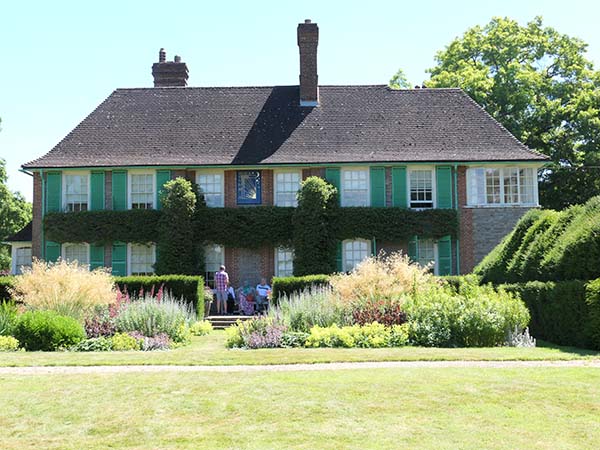
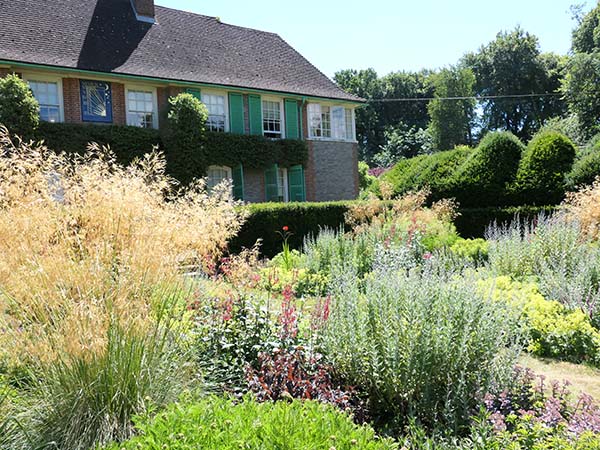
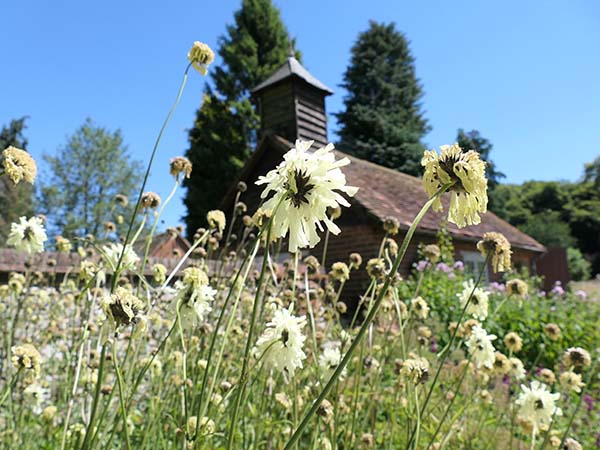
On the way out, I saw the car that Lady Nuffield owned.
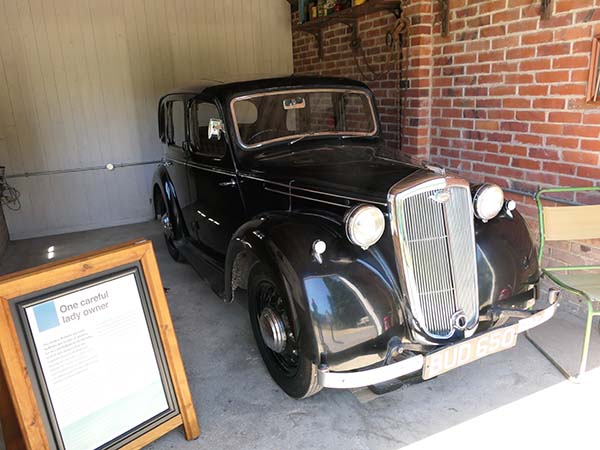

The visit was an interesting one, and it does put shame to the modern day billionaires who have contributed very little to community.


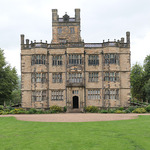
Leave a comment